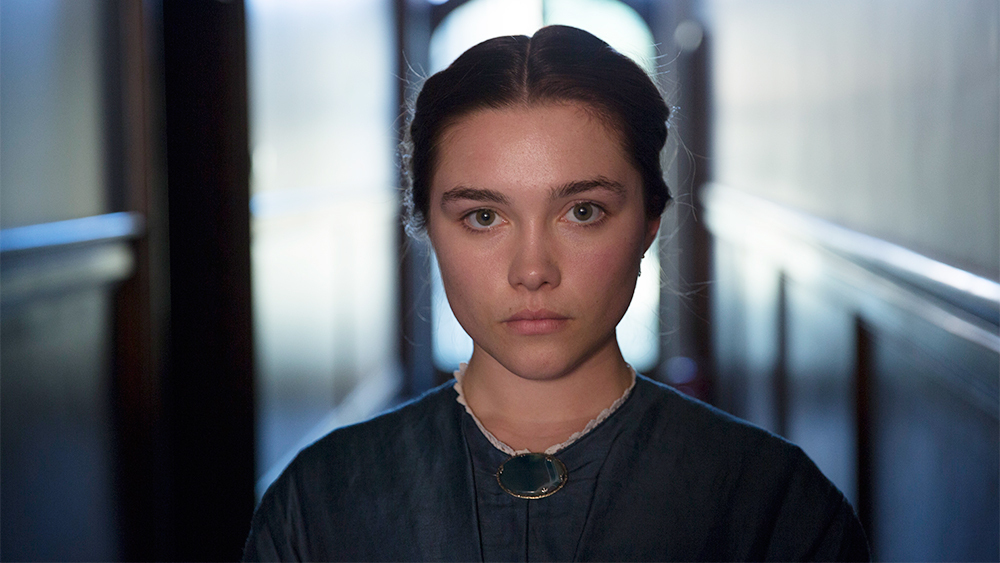
Austrian filmmaker Michael Haneke is one of the most important and most controversial people in the cinematic universe far across the borders of Europe. With movies such as “Benny’s Video,” “Funny Games,” “Caché,” “The White Ribbon” and “Amour,” he manifested his status as “the conscious of European cinema.”
In his movies, he thematizes the audience’s unaccountable complicity in terms of violence consumption, and the psychological and social dynamics of guilt and the modern affluent society. While touching on strong themes like that, he refuses to aestheticize the events, but rather deliver nearly clinical case studies of exemplary actions. But to examine the whole point of Haneke’s producing would crash the count.
Instead, the following list will show 10 movies with a similar style to the films of the Austrian auteur. Nonetheless, the following movies aren’t in a particular order, nor does the list claim to be entirely complete.
1. Maelström (Denis Villeneuve)
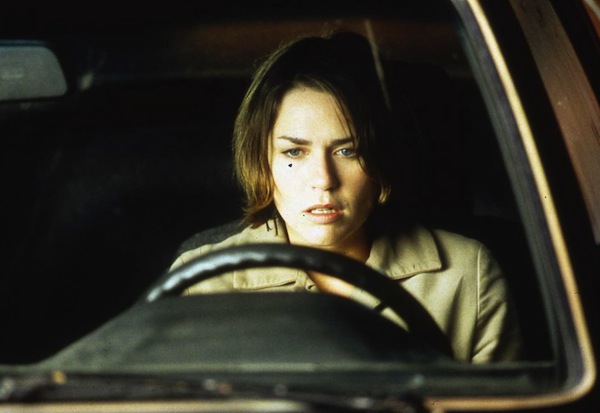
After productions like last year’s “Arrival” or his recent directorial effort “Blade Runner 2049,” Canadian filmmaker Denis Villeneuve might be associated with science fiction blockbusters and big budget ventures. But like nearly every filmmaker, he started with intimate independent films such as 2000’s “Maelström.”
While the visual implementation distinguishes from the style of Haneke, the movie’s themes are especially a permanent reminder of the style for which the Austrian filmmaker is well known. The growing feeling of guilt due to an unexpected event and the relentless succession of consequences are the film’s narrative glue.
Told by a death-facing carp, for the most of the movie one isn’t aware of the film’s destination, making it more of a fairy-tale-like psychogram. After a demanding abortion, Bibiane finds herself into a psychological crisis. By night and in a state of intoxication, she wounds an older fishmonger in a hit-and-run accident.
The following days are dominated by her increasing feeling of guilt. Being in the town for his father’s funeral, the son encounters Bibiane, who eventually impersonates the dead father’s neighbor. The emotional tension between the two brings Bibiane to confess her misdeed, leading to some kind of forgiveness by the son.
The clever combination of clinical light and noirish darkness gives us a shimmer of the distinct neo-noir aesthetic Villeneuve is known for today. The camera rarely abandons the protagonist’s direct orbit, moving her in the story’s and audience’s absolute focus. This might not be the way Haneke would present a story like that, but the film’s character-driven vein and the examined themes would perfectly fit into one of the Austrian’s productions.
2. Force Majeure (Ruben Östlund)
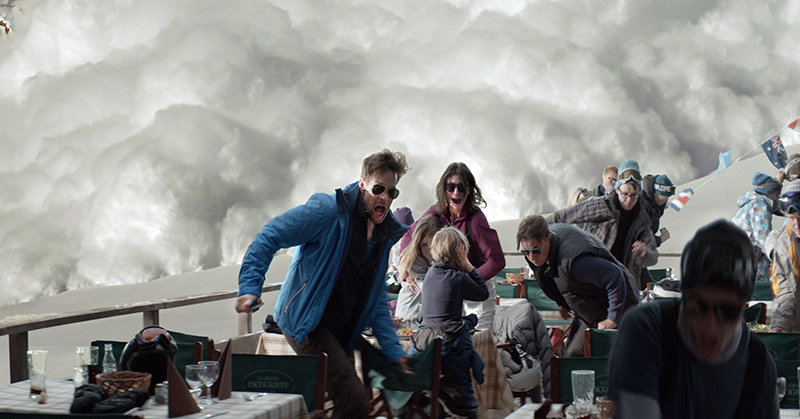
Since this year’s Cannes Film Festival, at least, Swedish filmmaker Ruben Östlund’s name resounded throughout the lands of cinema. The satirical success movie “The Square” won the festival’s main prize and gained international recognition. But even his 2014 film “Force Majeure” inspired a lot of furor. Nominated for an Academy Award, the movie is a great example of a dissecting drama with psychologically precise characters and the illustration of masculinity and familial dynamics.
During their much-needed skiing holiday, a family tries to recreate the condition of cohesion and trust. After an avalanche nearly crashed into a restaurant during the family’s lunch and the father snagged his mobile phone instead of rescuing his children, the marriage has to undergo some tough times. The result is an endless stream of uncomfortable conversations – the exact kind Haneke loves – and the creeping process of self-awareness and mutual honesty.
The reason for the movie’s impact is, first of all, its impressive use of sound – a feature of which Haneke is a true master. The sudden sound of a drone interrupting the undermining silence of a confronting conversation, smoldering bass frequencies accompanying the beautiful view into the fairytale-like snowscape, or cannon shots destroying the meditative silence in the snow-capped mountaintops as a recurring motif, perfectly symbolize the looming martial crisis. There are tons of equal examples that all try to pull the audience deeper into the scenario, just to spit the viewer out with another interrupting sound the next second.
With “Force Majeure,” Östlund created one of these scenarios where the big question pops into your brain: What would I have done? The result is a continuing feeling of intellectual and emotional stimulation – a goal Haneke tries to achieve with all of his movies.
3. Code Blue (Urszula Antoniak)
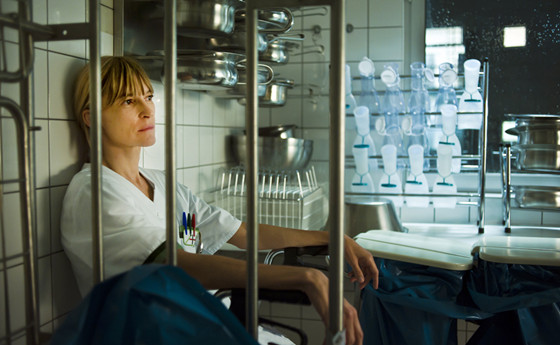
“Code Blue” is another movie with some very heavy thematics. Working as a nurse, Marian takes care of her patients in a nearly self-sacrificing manner. During the day she is confronted with the omnipresence of death, while she beds herself at night in the same position as the dead bodies. Her private life is dominated by isolation, but her job seems to give her the power and intimacy she needs. With regards to her patients’ suffering, she decides to help them to end their lives – a moment that is of pure closeness.
The protagonist has herself encapsulated from the normality of life and is in a mental state, in which she only can relate to death instead of human nearness. “Code Blue” is about morale, the need and disability of intimacy, while mostly resigning the use of spoken word. The story heavily relies on the protagonist’s actions and the morbid interdependency between her job and her private life. Illustrated with dark cinematography, “Code Blue” is a thought-provoking movie that accompanies the viewer for a long time after the screen changes to black.
4. Michael (Markus Schleinzer)
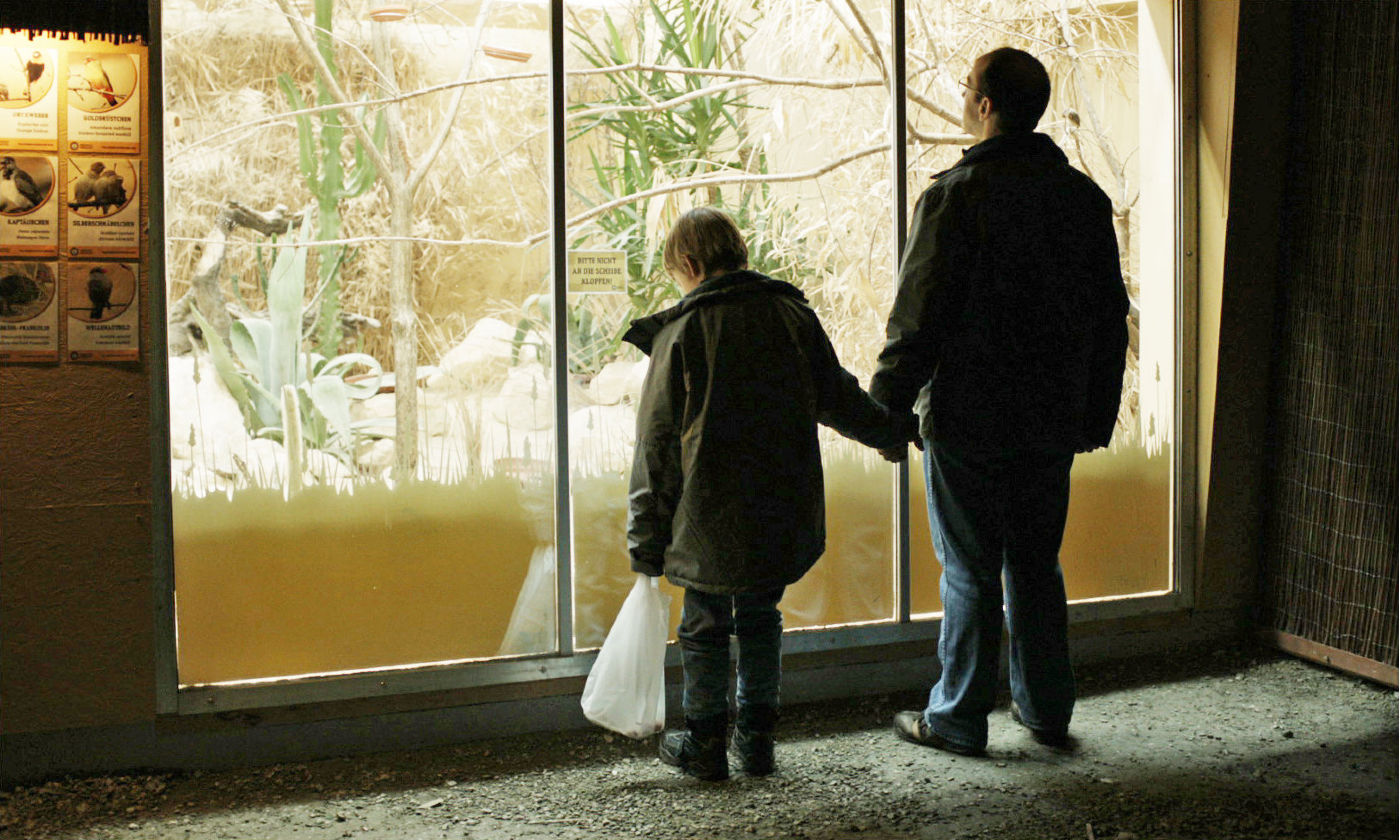
Those who are familiar with the oeuvre of Haneke might have heard of Markus Schleinzer. The Austrian casting director worked on several of his films, including “The White Ribbon,” for which he had to cast over 7,000 children in order to find fitting faces and acting talent.
With “Michael,” he switched sides into the directing chair and immediately gained international recognition and several prizes. As a regular Haneke collaborator, it doesn’t surprise that Schleinzer chose a highly sensible thematic for his directorial debut. Working as an insurance clerk, Michael is a middle-aged single man who keeps a young boy imprisoned in his cage-converted basement.
The movie stray relates to the perpetrator’s side instead of illustrating the boy’s emotional state. Steady camera shots are aimed at pure accuracy. From the set design (the boy’s room especially has some authentic features) to the subtle acting, everything successfully tries to be suggestive of a realistic insight. The director resigns to evoke a distinct opinion through his shots.
Every angle is a precise and factual illustration of the narrative’s events instead of emotionally charged arrangements. Nothing happens to be aestheticized. The task of forming an opinion or the sensing of emotions is allocated to the viewer.
5. To Kill a Man (Alejandro Fernández Almendras)
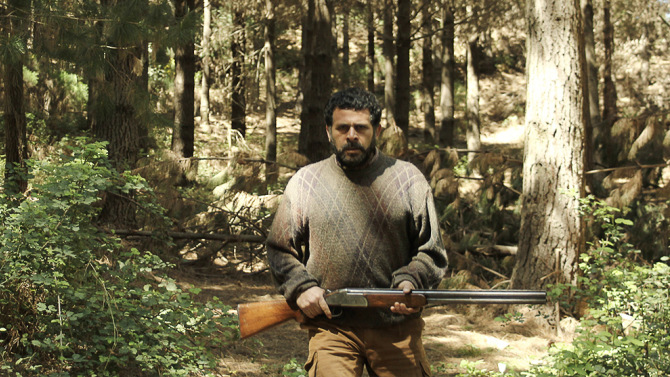
Of all the movies on this list, the Haneke-relatedness might be least obvious on “To Kill A Man.” The Chilean setting especially differs from Haneke’s typical backgrounds. But with a closer look, some distinct parallels start to define.
The movie is an immersive character study about a man whose family is threatened by a local criminal. The family man’s initial powerlessness turns into a campaign of vengeance when he kidnaps the perpetrator after his daughter was sexually harassed and nearly raped. Finally, he kills him with his van’s exhaust fumes. The remaining half-hour focuses on the man’s emotional handling.
The movie depicts the virus-like nature of revenge. Even when justice is served, the guilt gnaws at the good man’s soul. There’s not one movie from Haneke that doesn’t thematize guilt in one way or another. So in these terms, “To Kill a Man” is a Haneke film par excellence.
The last few years gave birth to some excellent slow-burn thrillers and “To Kill a Man“ is definitely one of them. The narrative knows how to create suspense while zooming in on the protagonist and his actions, instead of overdramatizing it or creating an implausible process. The same applies to the visual implementation. Inside the boundaries of steady camera shots, the cinematography finds the fine balance between a beautiful aesthetic and a clinical stakeout.